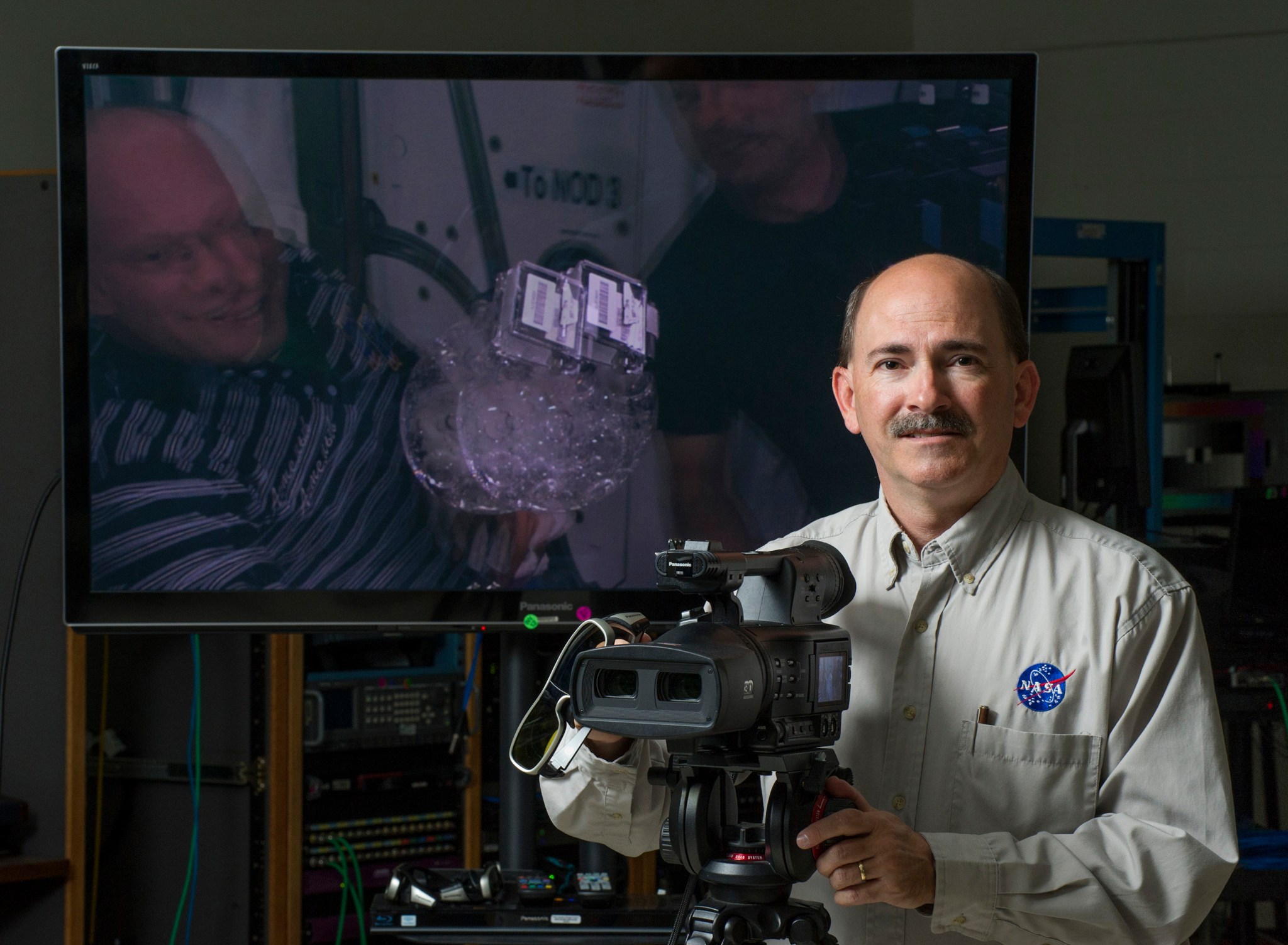NASA is partnering with Harmonic, a worldwide leader in video delivery based in San Jose, California, to bring you the experience of riding a rocket to space or living and working on the International Space Station. The agency is launching NASA TV UHD to deliver new ultra-high definition (UHD) video, providing views from an astronaut’s perspective while supplying NASA with valuable data from space missions.
“We really want the public to experience the clarity of detail seen in UHD whether the camera is focused on Earth or space,” said Fred Brown, executive producer for NASA TV. “Having major satellite service providers and cable television content distributors carry the channel is key to that objective. Partnering with Harmonic may help us achieve that level of viewership.”

NASA began the Harmonic partnership in July to create the channel, the first non-commercial consumer UHD channel in North America. The UHD video is also known as 4K because images are four times the resolution of the average high-definition television. The channel recorded the Dec. 6 launch of Orbital ATK’s fourth resupply mission to the International Space Station from NASA’s Kennedy Space Center in Florida for later broadcast. A 4K camera has been on the orbiting laboratory since January 2015 and the Orbital mission delivered an additional camera.
“NASA is always looking for new technologies to provide better imagery from space,” said Rodney Grubbs, program manager for NASA’s Imagery Experts Program at NASA’s Marshall Space Flight Center in Huntsville, Alabama, which manages the Space Act Agreement with Harmonic. “Documenting our missions with cameras that provider higher resolution and faster frame rates helps us analyze what is happening during dynamic events such as a rocket launch or activities and experiments on the International Space Station.”
The 4K camera’s ability to record at a high resolution as well as up to 300 frames per second makes it the ideal recording device to capture dynamic events like launches and vehicle operations near the station, such as docking and undocking.
“The higher resolution images and higher frame rate imagery can reveal more information when used on science investigations, giving researchers a valuable new tool aboard the space station,” said Grubbs. “It provides captivating new images from experiments and crew members working in microgravity that will give people a feeling of actually being in space.”
The new footage from the station combined with re-mastered film of the agency’s historic moments, video of tests from development of future propulsion systems, and imagery from NASA’s space observatories currently make up most of the programming on NASA TV UHD.
“This video will be archived, and since it is some of the highest resolution video ever made, it will be invaluable if we want to look back and analyze mission footage,” said Grubbs. “As we develop Orion and the Space Launch System, we can analyze really clear footage that shows the environments where these vehicles will launch and operate.”
Right now, the only option to watch NASA-TV’s UHD programming, including Harmonic-produced video of crews working on the space station, is with a dedicated C-band satellite dish, a decoder, and a UHD television. Computer users will soon be able to stream the channel over a high-speed Internet connection. The video signal currently is not carried by cable or satellite systems because it requires more bandwidth than a standard broadcast channel. Harmonic is in discussions with pay TV operators to carry the channel on satellite, cable and optical networks for consumer access.
NASA posts 4K videos to the ReelNASA YouTube channel every few weeks for users who have television screens or computer displays that can show footage of that resolution.
For more information on NASA TV programming, visit:
Credits: NASA

























